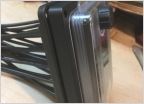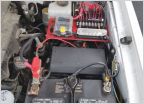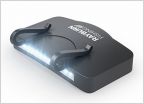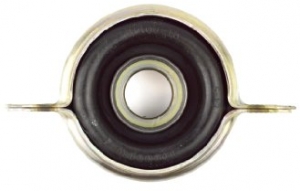-
Welcome to Tacoma World!
You are currently viewing as a guest! To get full-access, you need to register for a FREE account.
As a registered member, you’ll be able to:- Participate in all Tacoma discussion topics
- Communicate privately with other Tacoma owners from around the world
- Post your own photos in our Members Gallery
- Access all special features of the site
Duel Battery Install Considerations and Advice
Discussion in 'Technical Chat' started by ac2ndGenTacoma, Mar 6, 2021.


 Thoughts on this fuse box? No busses?
Thoughts on this fuse box? No busses? Need sliders but not for that reason..
Need sliders but not for that reason.. Connecting a portable air compressor to dual battery system
Connecting a portable air compressor to dual battery system De-pinning female connector
De-pinning female connector Where can I find a visor with lights??
Where can I find a visor with lights??









































































